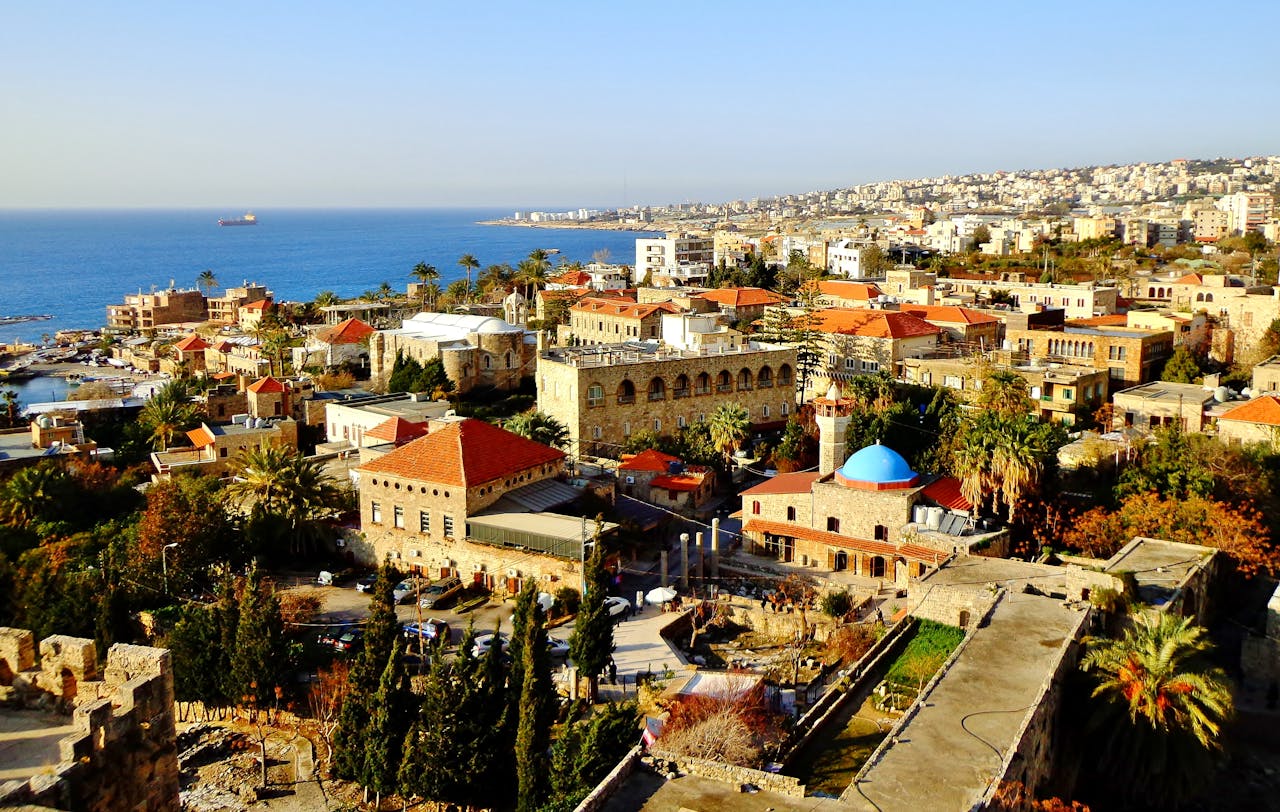Nestled in the Akkar region of northern Lebanon, Qlayaat Airport officially named René Mouawad Air Base carries the airport code KYE.
This three-letter identifier, assigned by the International Air Transport Association (IATA), is more than just a shorthand; it encapsulates the airport’s identity, history, and its evolving role in Lebanon’s aviation landscape. Alongside its IATA code, the airport also bears the International Civil Aviation Organization (ICAO) code OLKA, a four-letter designator used primarily for air traffic control and flight planning.
This article explores the origins, usage, and meaning behind the KYE code, shedding light on its place in Lebanon’s past and present.
The Origins of the KYE Code
The IATA assigns three-letter codes to airports worldwide based on a variety of factors, often drawing from the name of the airport, its location, or a historically significant identifier. For Qlayaat Airport, the code KYE is derived from its alternate name, Kleyate (also spelled Klayate, Qoleiat, or Qulayaat in various transliterations).
Located near the village of Kleyate, approximately 26 kilometers from Tripoli and 7 kilometers from the Syrian border, the airport’s early identity as a local hub influenced its coding. The “K” likely reflects the initial letter of Kleyate, while “YE” serves as a unique suffix to distinguish it from other airports globally.
The ICAO code OLKA, on the other hand, follows a more structured system. The “O” indicates the Middle East region, as per ICAO’s regional coding conventions, while “L” designates Lebanon (aligned with other Lebanese airports like Beirut’s OLBA).
The “KA” specifies the particular aerodrome, linking it to Kleyate. Together, KYE and OLKA provide a dual identity: one for passenger-facing purposes (IATA) and one for operational and navigational use (ICAO).
Historical Context and Early Usage
Qlayaat Airport’s story begins in 1934, when it was established by the Iraq Petroleum Company (IPC) as a small airstrip to shuttle engineers and staff between Lebanon and other Arab countries.
During this period, it had no formal IATA or ICAO code, as such systems were not yet standardized the IATA began assigning codes in the 1940s, and ICAO’s system emerged post-World War II.
It wasn’t until the Lebanese Army took control of the facility in 1966, transforming it into a military base with modernized capabilities, that the airport likely received its official designations.
The KYE code gained prominence during the Lebanese Civil War (1975–1990), particularly between 1988 and 1990, when Qlayaat briefly served as a domestic civil airport. Middle East Airlines (MEA), Lebanon’s flag carrier, operated flights between Beirut’s Rafic Hariri International Airport (then known as Beirut International Airport) and Qlayaat to circumvent road closures and insecurity in the north.
During this time, KYE appeared on passenger tickets, baggage tags, and airline schedules, marking its first significant use as a civilian identifier. This period also highlighted the airport’s strategic value, situated far from the conflict zones plaguing Beirut.
A pivotal moment in the airport’s history came in November 1989, when the Lebanese parliament convened at the airbase following the Taif Agreement to elect René Mouawad as president.
His assassination 17 days later in Beirut led to the airport being renamed in his honor. While the name changed to René Mouawad Air Base, the KYE code tied to its geographic roots in Kleyate remained unchanged, preserving its original designation.
Evolution and Modern Usage
Since the end of the Civil War, Qlayaat Airport has reverted to its primary role as a military facility under the Lebanese Air Force, with its 3,000-meter runway and infrastructure supporting military operations rather than commercial flights.
As a result, the KYE code has seen limited use in civilian aviation contexts in recent decades. It no longer appears in commercial airline timetables or booking systems, reflecting the airport’s shift away from public access. However, the code remains active in aviation databases and is recognized by organizations like IATA and ICAO, ensuring its relevance for potential future use.
The ICAO code OLKA, meanwhile, retains operational significance. Military air traffic controllers and pilots use it for navigation and communication, particularly given the base’s proximity to the Syrian border a sensitive geopolitical area.
The runway, one of the longest in Lebanon, has also been utilized for emergency landings and military exercises, with OLKA guiding these activities. Notably, during the 2006 Lebanon War, the Israeli Air Force bombed the runway, temporarily disrupting operations.
Post-conflict repairs restored functionality, and OLKA continued to serve as the base’s technical identifier.

What KYE Stands For Today
Today, KYE symbolizes both a historical legacy and an untapped potential. For aviation enthusiasts and historians, it evokes a time when Qlayaat briefly bridged Lebanon’s divided regions during the Civil War.
For northern Lebanon’s residents, it represents a dormant asset that could boost economic development if reopened for civilian use a prospect debated for years. Proposals in 2010 and 2012 by Lebanese officials, including plans to develop it for cargo and low-cost carriers, have kept the KYE code in discussions, though political and security concerns, notably from Hezbollah, have stalled progress.
The code also underscores the airport’s strategic importance. At 105 kilometers from Beirut and just 20 kilometers from Hermel (compared to 180 kilometers to Beirut’s airport), Qlayaat could serve as a vital alternative hub, especially in emergencies.
Experts note that its runway requires only modest upgrades to handle limited air traffic, making KYE a practical contingency identifier if Beirut’s OLBA faces disruptions as nearly occurred during recent regional tensions.
Conclusion
The airport code KYE for Qlayaat Airport, or René Mouawad Air Base, is a concise yet rich marker of its identity. Rooted in the name Kleyate, it has journeyed from a colonial-era airstrip to a wartime civilian lifeline, and now a military stronghold with latent civilian potential. Paired with OLKA, it bridges Lebanon’s aviation past and future, embodying resilience and adaptability. While its current use is limited, KYE remains a symbol of possibility an airport code waiting for its next chapter in Lebanon’s complex skies.

